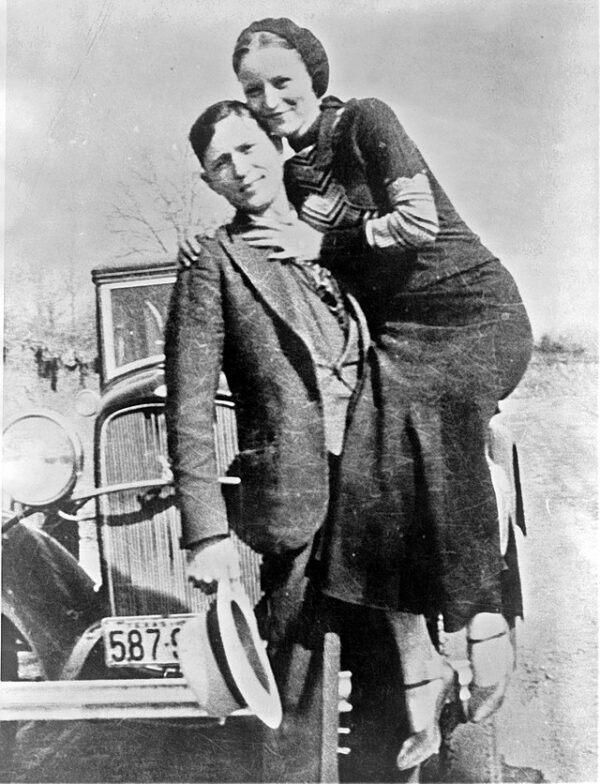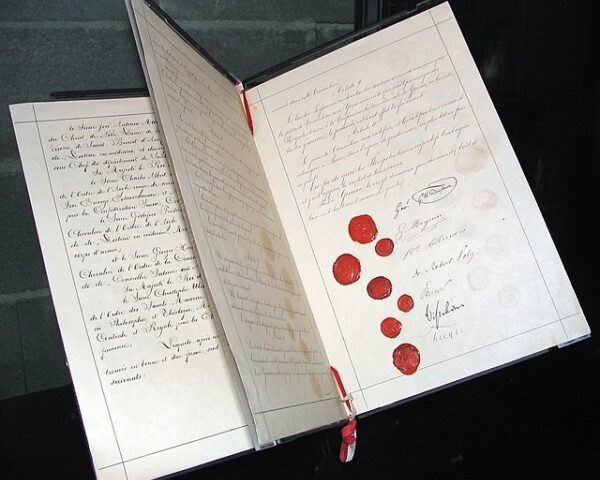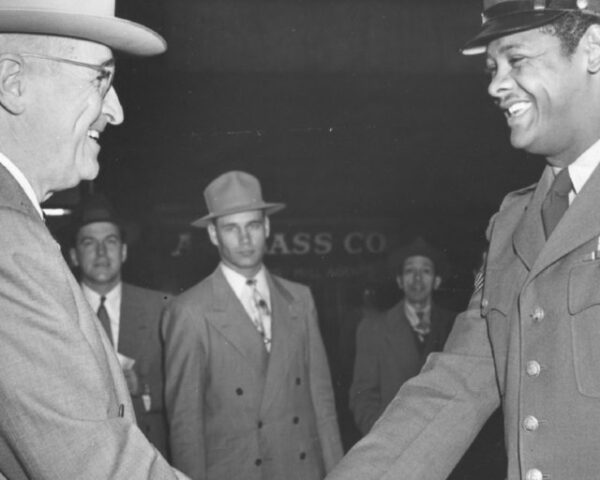Bonnie Parker and Clyde Barrow, better known as Bonnie and Clyde, are among the most infamous figures in American criminal history. Their violent escapades during the Great Depression era captivated the nation and etched their names into the annals of American folklore as legendary bank robbers. Originating from Texas, both Bonnie and Clyde came from modest backgrounds and embarked on a turbulent path of crime that spanned several states and claimed numerous lives.
The duo formed the core of what came to be known as the Barrow Gang, which included various accomplices over time. However, it was Bonnie and Clyde who captured the public’s imagination. Their crime spree, which primarily involved robbing small-town banks, gas stations, and stores, was characterized by a brazen disregard for the law and a readiness to resort to violence. Clyde, in particular, was known for his ruthless efficiency, engaging in numerous shootouts with law enforcement and killing several police officers.
From 1932 to 1934, Bonnie and Clyde eluded capture through a combination of cunning tactics and relentless mobility, often using stolen cars to stay ahead of the authorities. Their ability to evade law enforcement and the sensational media coverage they received transformed them into national celebrities. Newspapers frequently romanticized their relationship and lifestyle, portraying them as a modern-day Robin Hood couple, despite the brutal reality of their actions. Photographs found at one of their hideouts—depicting Bonnie smoking cigars and brandishing guns—further fueled their rebellious and glamorous image.
The public’s fascination with Bonnie and Clyde was a complex blend of admiration and revulsion. While some admired their audacity and defiance, others were appalled by their violent methods and lack of remorse. The Great Depression, with its widespread economic hardship, created a backdrop against which their defiance of authority resonated with many who felt disenfranchised.
Despite their notoriety, the relentless pursuit by law enforcement eventually cornered them. On May 23, 1934, Bonnie and Clyde met their end in a hail of bullets. Acting on a tip from a member of their gang, law enforcement officers from Texas and Louisiana set up an ambush on a rural road in Bienville Parish, Louisiana. As Bonnie and Clyde drove into the trap, the officers unleashed a torrent of gunfire, killing both instantly. The ambush was meticulously planned to ensure there would be no chance of escape, marking a brutal end to their two-year crime spree.
The deaths of Bonnie and Clyde were widely covered in the media, and their legacy has been immortalized in numerous books, songs, and films. Their story remains a potent symbol of the era’s tumult and the allure of outlaw rebellion. However, beneath the romanticized veneer lies a stark narrative of violence, lawlessness, and the tragic consequences of their criminal path.






